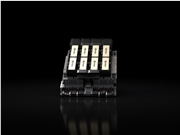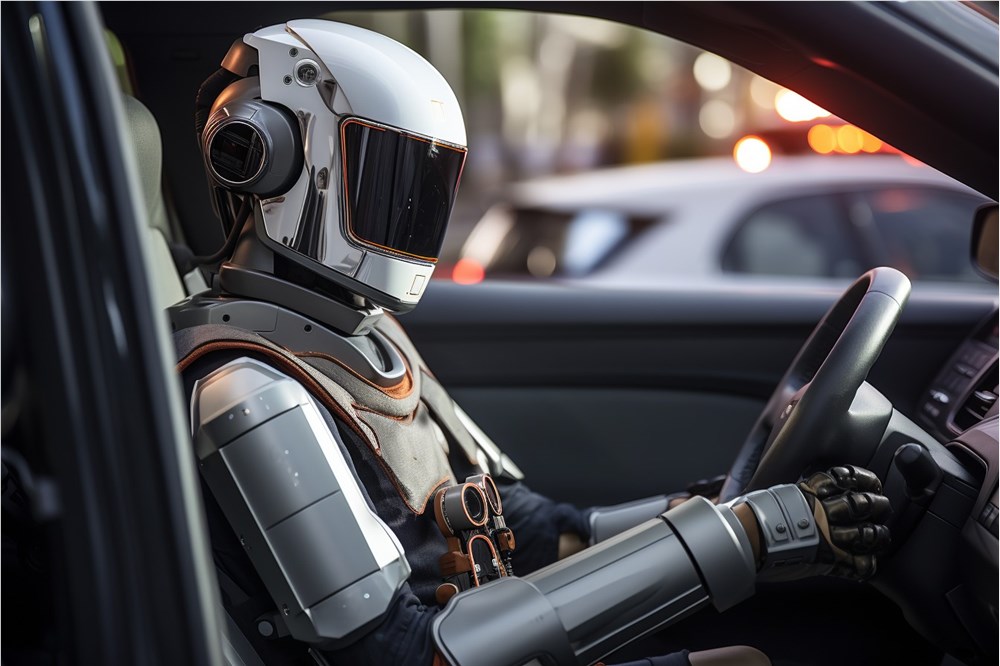On October 23 Beijing Time, Tesla released its third-quarter 2025 financial report, showing the company's revenue $28.095 billion, an increase of 11.57% year-over-year, setting a new record for quarterly revenue; however, net profit was only $1.373 billion, a decrease of 36.81% compared to the previous year. In the context of revenue growth but pressure on profits, Tesla CEO Elon Musk shifted focus during the earnings call to artificial intelligence and robot business, stating that Tesla is at a "critical turning point in real-world artificial intelligence."
Musk emphasized: "Tesla is indeed a leader in the field of real-world artificial intelligence, and no other company can do what we are doing in this area."

FSD14 Major Update, Cybercab to Start Production in Second Quarter of Next Year
On the business side, Tesla's AI strategy focuses on the autonomous driving system and the Robotaxi (driverless taxi) project.
This month, Tesla has rolled out the FSD14.1 version to North American users, which is one of the most significant updates in the past year, hailed by the industry as "a major milestone for artificial intelligence entering the physical world."
Musk said that with the accelerated technological progress in full self-driving (FSD), he is "confident about expanding production."
"Previously, our understanding of fully autonomous driving was not clear enough, so we did not rush to expand production; now we have a clearer roadmap," Musk said, revealing that "Cybercab will start production in the second quarter of next year."
Tesla's Chief Financial Officer Vaibhav Taneja added during the call that the company is working to obtain FSD test approvals in markets such as Europe and China and will gradually roll out the Robotaxi network worldwide.
Musk also said that he expects that by the end of the year, most areas in Austin will no longer need a safety driver, and Robotaxi service is expected to reach 8 to 10 major metropolitan areas by the end of the year. However, he also emphasized that the deployment will be "extremely cautious": "Even one accident would become a global headline."
According to Tesla's latest safety report, the accident rate in autonomous driving mode is far lower than the national average — one accident per 6.36 million miles, while the national average is one accident per 700,000 miles.
Optimus V3 to Launch in First Quarter of Next Year: Building a "Robotics Industry Chain Closure"
Aside from autonomous driving, Musk also reiterated his ambitions for the humanoid robot Optimus during the meeting. He predicted that the third-generation Optimus (V3) will be launched in the first quarter of next year, and said that this robot "looks almost like a human wearing a robot suit," and may become "the best-selling product globally," with an annual production of up to 1 million units.
However, Musk also admitted that the development of Optimus still faces challenges. "The hands and forearms of robots are huge engineering challenges, more complex from an electromechanical perspective than other parts of the body."
Earlier, foreign media reported that the second-generation Optimus was once suspended due to difficulties in hand structure.
Musk emphasized that for Optimus to truly achieve home and industrial applications, Tesla must vertically integrate the entire robotics industry chain. He revealed that after the release of the third-generation prototype, it is expected to start mass production lines by end of 2026.
Musk's Compensation and Control Struggle: Robot Plans Become Focus
At the end of the conference call, Tesla executives mentioned the upcoming shareholders' meeting on November 6 and called on shareholders to support Musk's latest compensation plan.
Musk used the metaphor of a "robot army" to explain why he wants stronger voting control at Tesla: "If we really want to build this robot army, I must have enough influence over it. Not absolute control, but enough strong influence."










